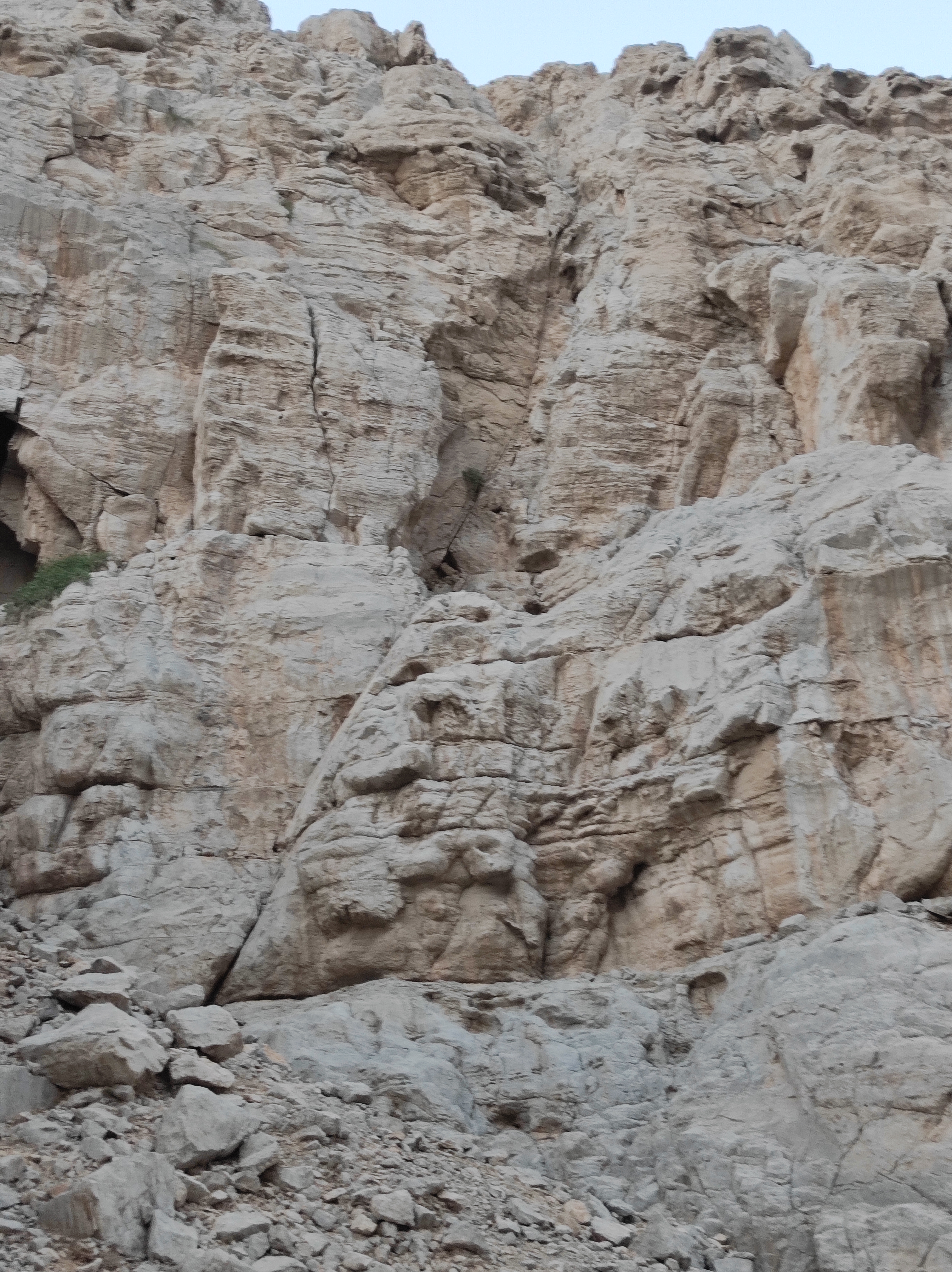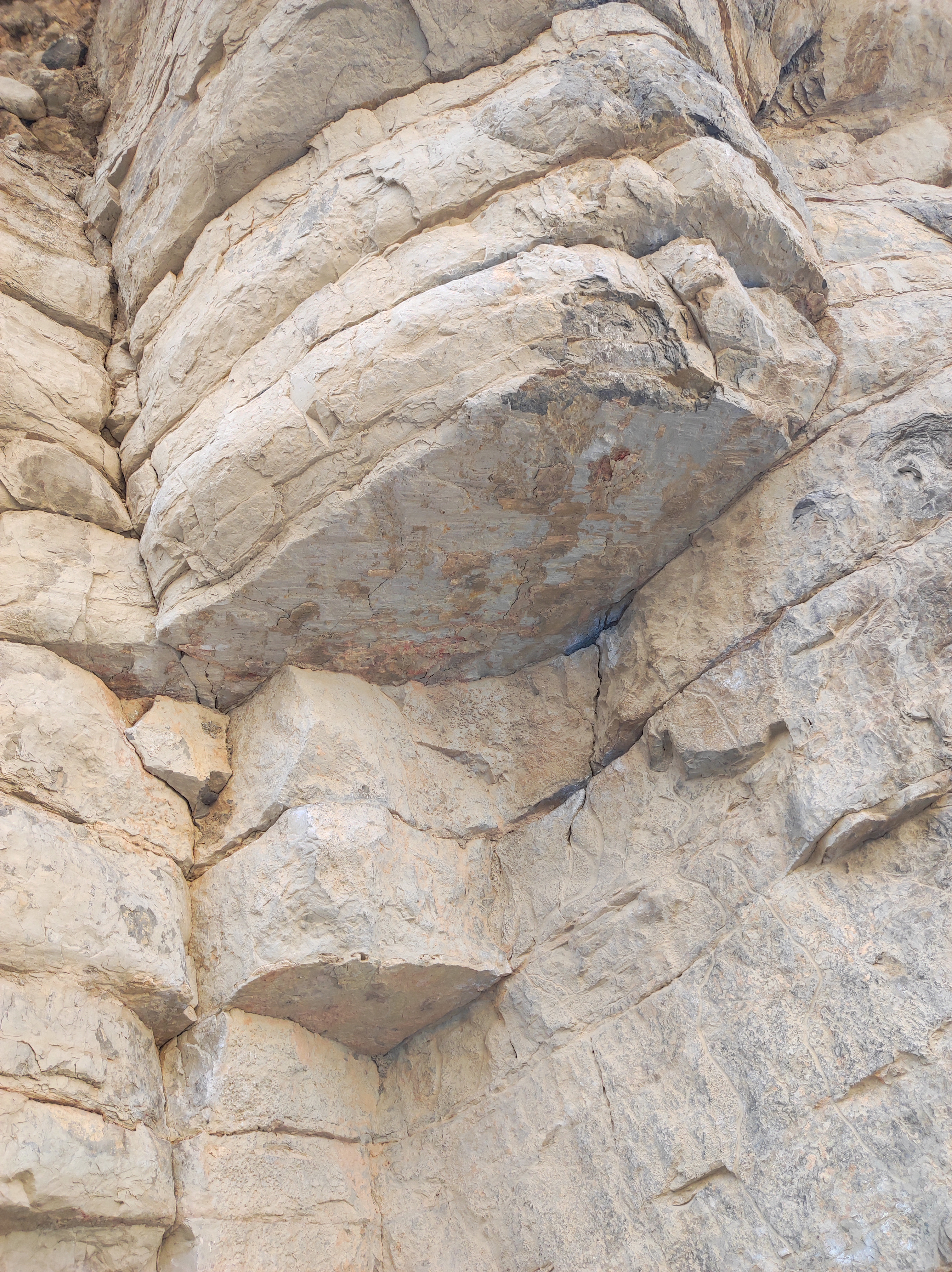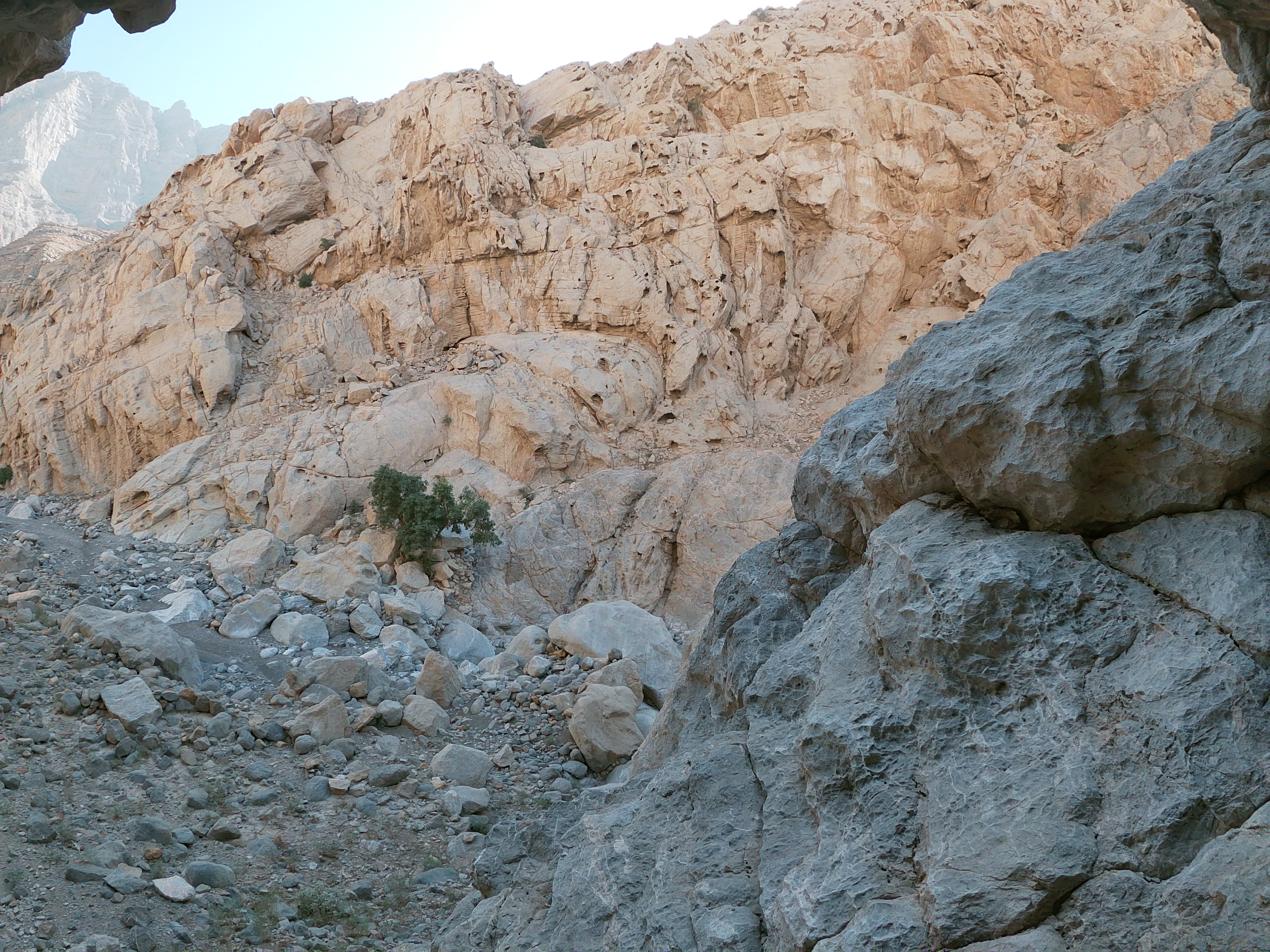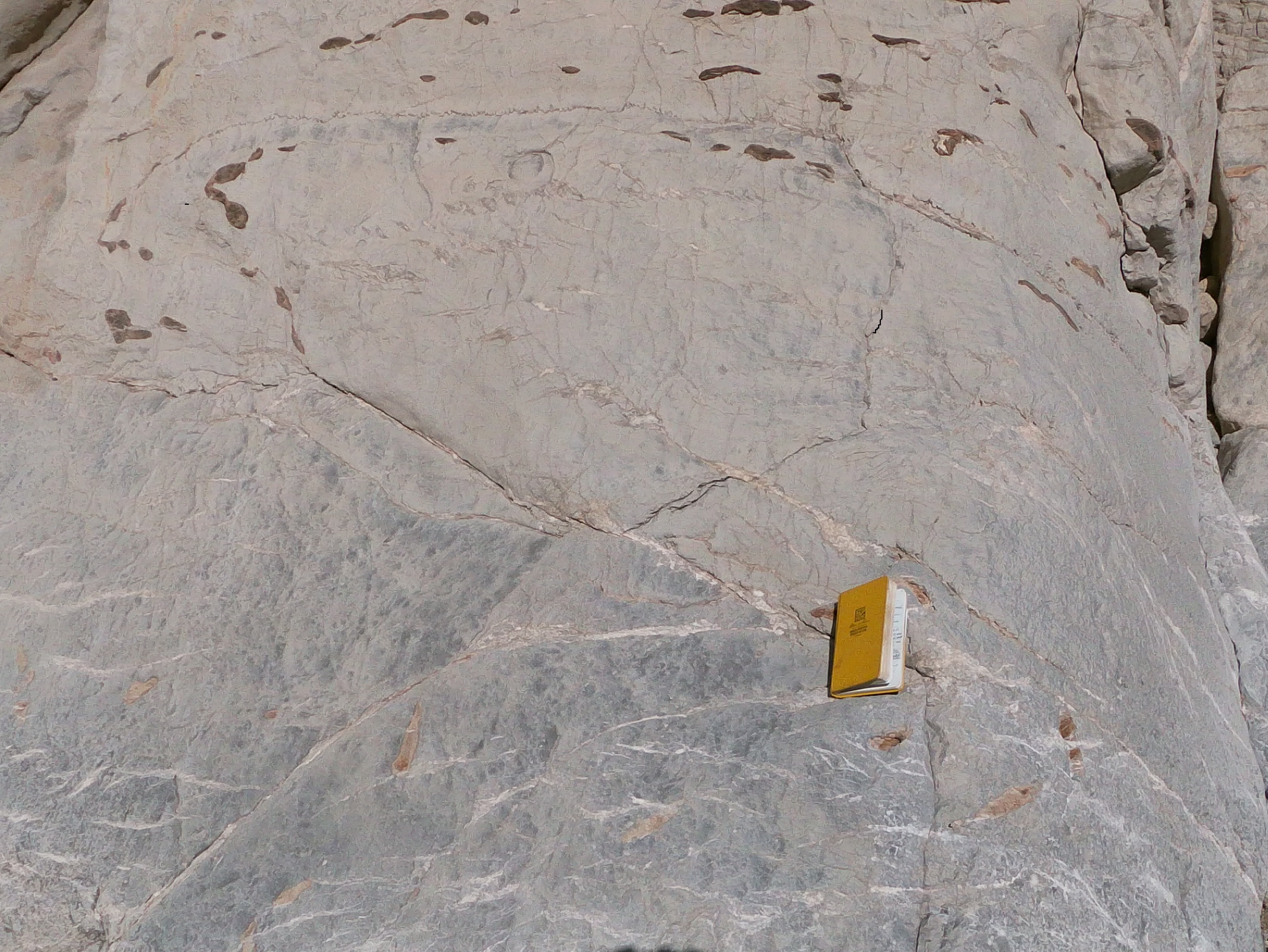Point 9: Deformed Stylolites
This photo captures folded stylolites (1) and chert layers (2). This is a fascinating snapshot of Earth’s dynamic history! A clear record of both chemical and structural deformation processes in sedimentary rocks. The stylolites, visible as irregular, serrated seams, formed through pressure dissolution when compressive stress acted perpendicular to the bedding planes. Minerals dissolved along these seams under high pressure, and the material was transported away by circulating fluids. The chert, a hard, microcrystalline quartz-rich rock, was deposited earlier as a chemical sediment. The fact that both stylolites and chert are now folded demonstrates that tectonic deformation occurred after their formation, compressing and bending the layers. This photo beautifully illustrates the sequence of geological events; from sediment deposition and diagenesis to later tectonic folding, highlighting how rocks preserve the complex history of stress and transformation within the Earth’s crust. About stylolites: • Stylolites appear as irregular, serrated or wavy seams, often darker in color. • They form by pressure dissolution during burial and compressive stress. • The fact that they are folded means that after they formed, the whole rock was subjected to further deformation, bending the pre-existing seams. About Chert: • The whitish, resistant bands/patches are very consistent with chert nodules or lenses, composed of microcrystalline quartz. • Chert often forms during early diagenesis in carbonate sequences, replacing carbonate material with silica. • Its resistance to weathering makes it stand out clearly against the host rock.
Main Content
1. Sedimentology: About Original Rock
- What to look for: The host rock is a light-colored limestone or dolostone, with faint layering visible in places.
- Interpretation: These beds were deposited in a shallow marine environment, where carbonate muds accumulated on a seafloor. The rock preserves the earliest chapter of this outcrop’s story: sedimentation in an ancient sea.
2. Diagenesis: Chert and Stylolites
- What to look for:
- Stylolites: Dark, jagged seams cutting through the carbonate.
- Chert bands: Hard, white to grey ridges that stand out against the host rock.
- Interpretation:
- Stylolites formed as minerals dissolved under stress during burial, with insoluble residues left behind.
- Chert formed when silica-rich fluids replaced carbonate material, creating resistant nodules and bands.
- Both features record chemical changes inside the rock after deposition.
3. Structural Geology: Folded Features
- What to look for: Notice how both the stylolites and the chert layers are bent into folds.
- Interpretation: This folding shows that the outcrop did not remain static, later forces deformed structures that had already formed. The geometry of these folds reveals the rock’s ductile response under stress.
4. Tectonics and Geomorphology
- What to look for:
- The orientation and folding of stylolites, plus fractures that may cut across the outcrop.
- Chert stands out as pale, resistant ridges.
- Stylolites often weather darker and more recessive.
Interpretation:
The folded stylolites and chert bands reveal that the rock mass experienced compressive tectonic forces after burial and diagenesis. Stylolites typically develop perpendicular to the maximum compressive stress, and their subsequent folding demonstrates ongoing deformation under directed stress. These structural relationships record the transition from early diagenetic compaction to later tectonic compression, which shaped the current geometry of the rock. At the surface, differential weathering enhances these features: chert forms pale, resistant ridges, while stylolites weather darker and more recessive, together producing the rugged textural relief characteristic of the wadi landscape.
5. Timing
- Since the stylolites (pressure solution features) and the chert lenses (early diagenetic features) are both folded, the deformation must have occurred after both features were established.
- That gives a relative sequence: sediment deposition → stylolite formation & chert nodule growth → tectonic deformation (folding).











